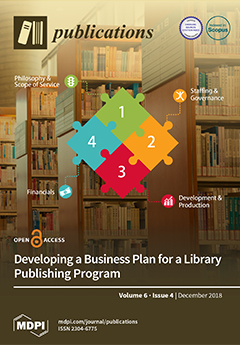In this study we performed a bibliometric analysis focusing on the general patterns of scientific publications about
Cannabis, revealing their trends and limitations. Publications related to
Cannabis, released from 1960 to 2017, were retrieved from the Scopus database using six search
[...] Read more.
In this study we performed a bibliometric analysis focusing on the general patterns of scientific publications about
Cannabis, revealing their trends and limitations. Publications related to
Cannabis, released from 1960 to 2017, were retrieved from the Scopus database using six search terms. The search term “Genetics” returned 53.4% of publications, while “forensic genetics” and “traceability” represented 2.3% and 0.1% of the publications, respectively. However, 43.1% of the studies were not directly related to
Cannabis and, in some cases,
Cannabis was just used as an example in the text. A significant increase in publications was observed after 2001, with most of the publications coming from Europe, followed by North America. Although the term
Cannabis was found in the title, abstract, or keywords of 1284 publications, we detected a historical gap in studies on
Cannabis. We expect that increasing interest in this issue and the rise of new biotechnological advances will lead to the development of new studies. This study will help scientists identify overall research needs, detect the scientific areas in evidence concerning
Cannabis studies, and find excellent centers of investigation for scientific interchange and collaboration.
Full article





